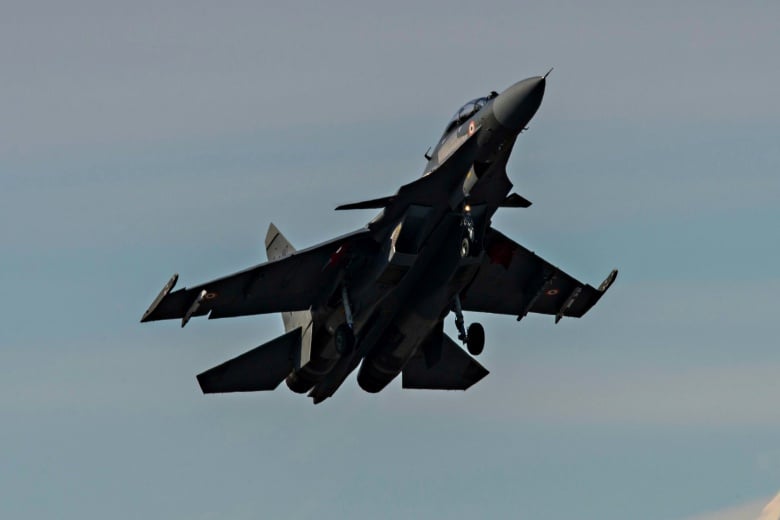PARIKRAMA
SENIOR MEMBER

- Joined
- Jan 5, 2014
- Messages
- 4,871
- Reaction score
- 185
- Country
- Location
@waz @WAJsal @WebMaster
Pls merge this thread with the super sukhoi sticky thread.
@ashok321
Pls post super sukhoi related news in the sticky thread only.
All Indian members
Pls do nt open new threads on this topic. The coming time upto annual India Russia summit will see more news.. the ASQRs are more or less ready and next phase of localisation of the upgrades will be part of the agenda along with the financial part.
Pls keep it in sticky so that all can access relevant data and discussion at one place.
Thanks in advance ..
Pls merge this thread with the super sukhoi sticky thread.
@ashok321
Pls post super sukhoi related news in the sticky thread only.
All Indian members
Pls do nt open new threads on this topic. The coming time upto annual India Russia summit will see more news.. the ASQRs are more or less ready and next phase of localisation of the upgrades will be part of the agenda along with the financial part.
Pls keep it in sticky so that all can access relevant data and discussion at one place.
Thanks in advance ..










